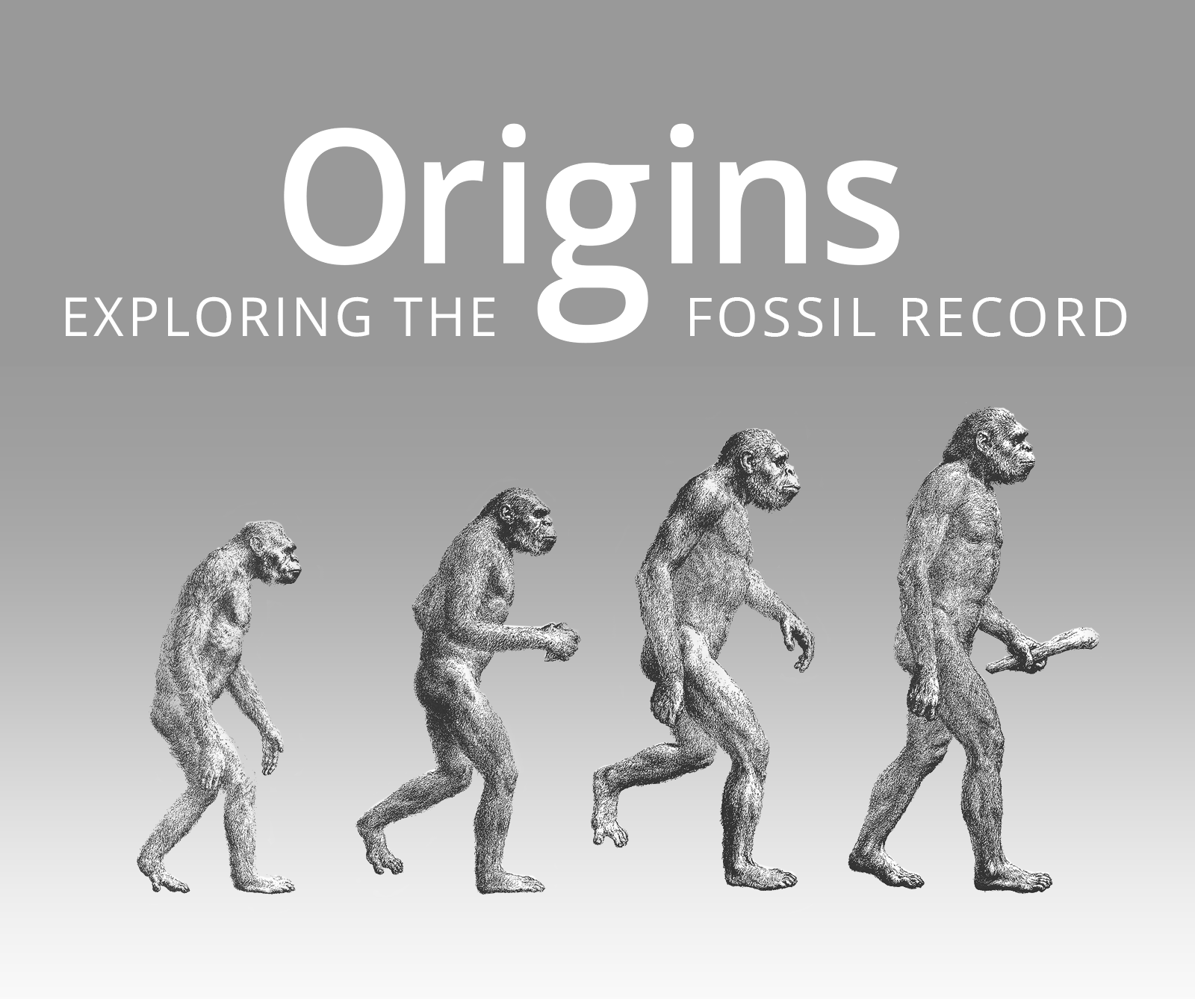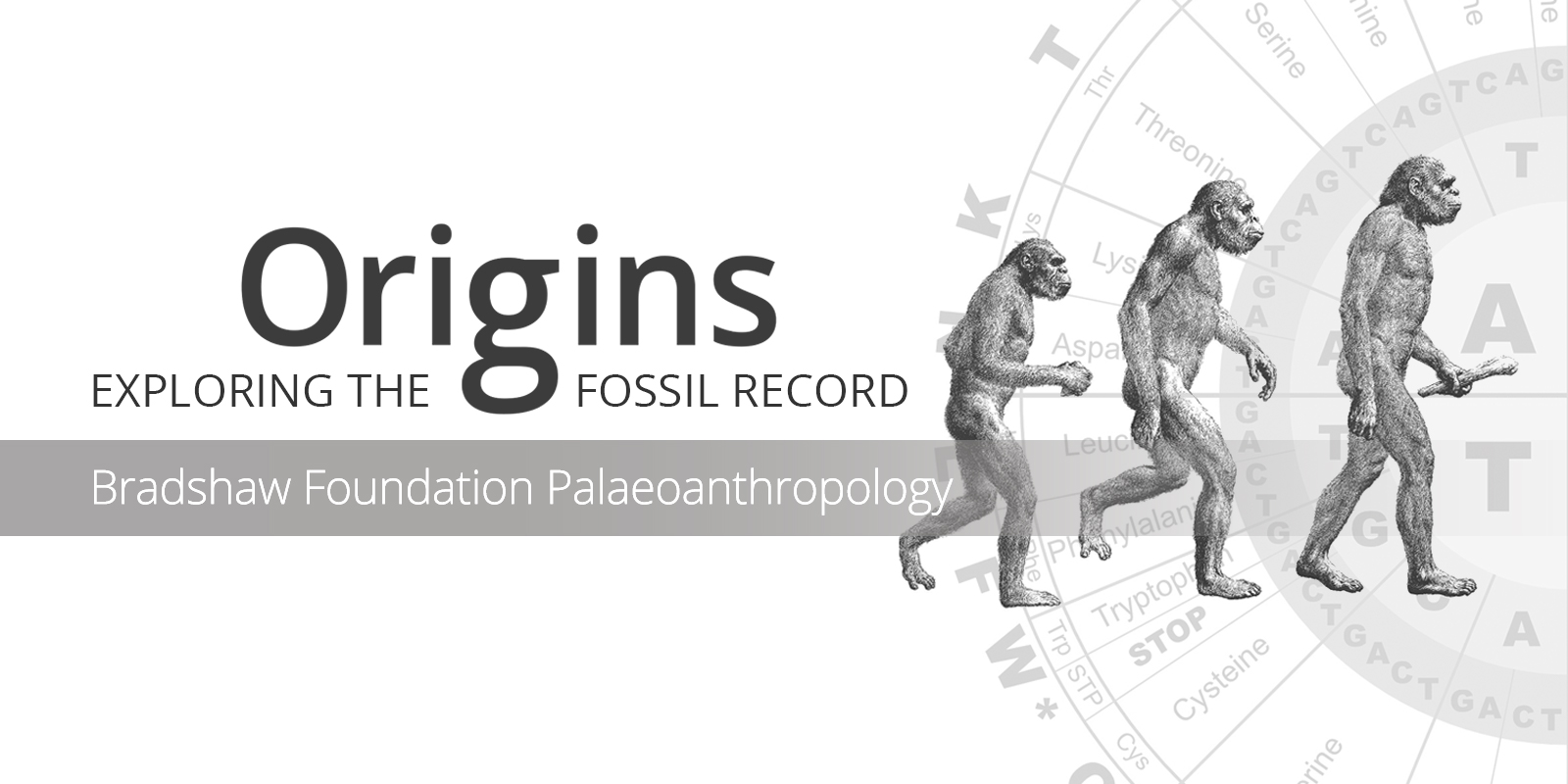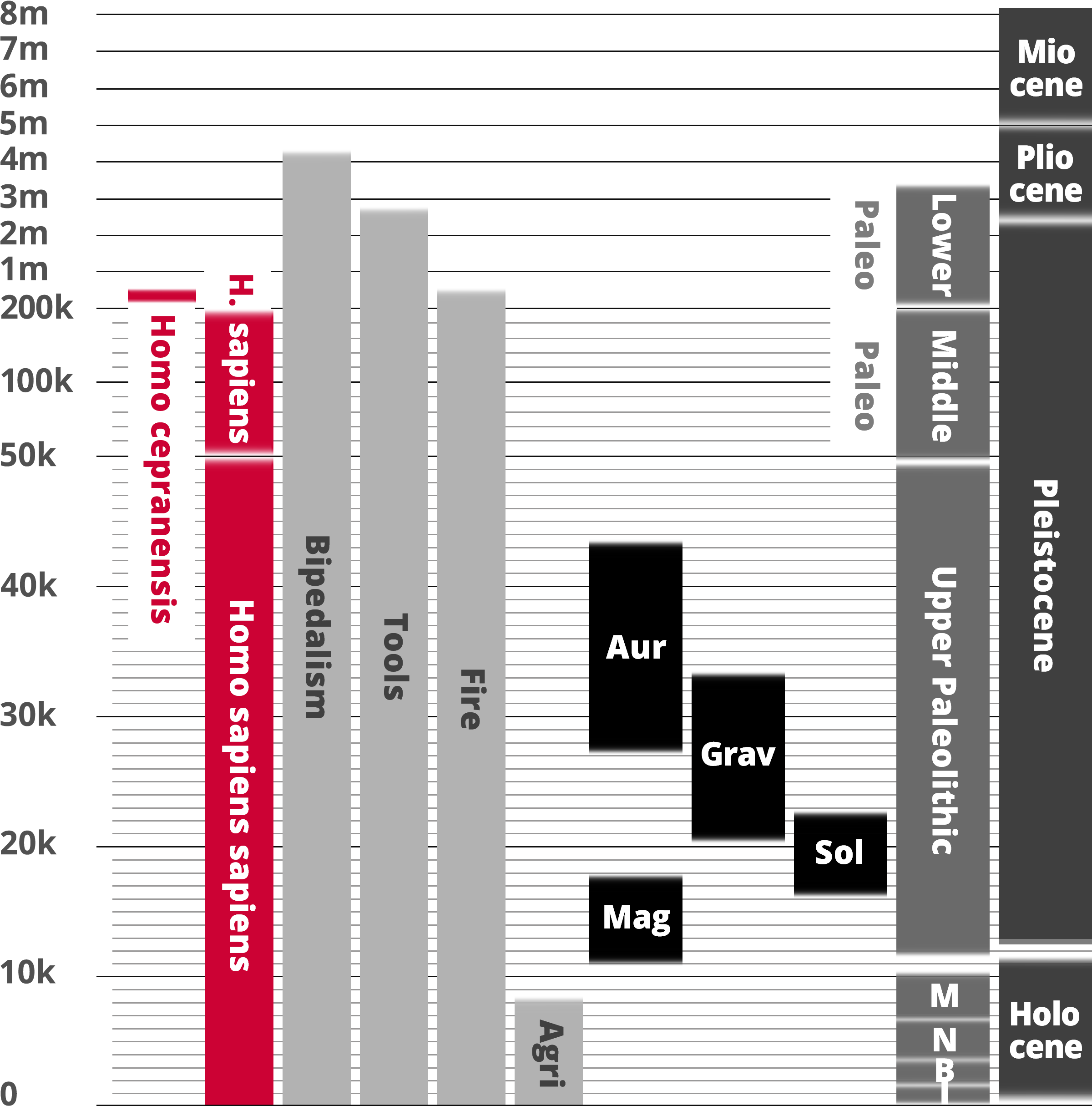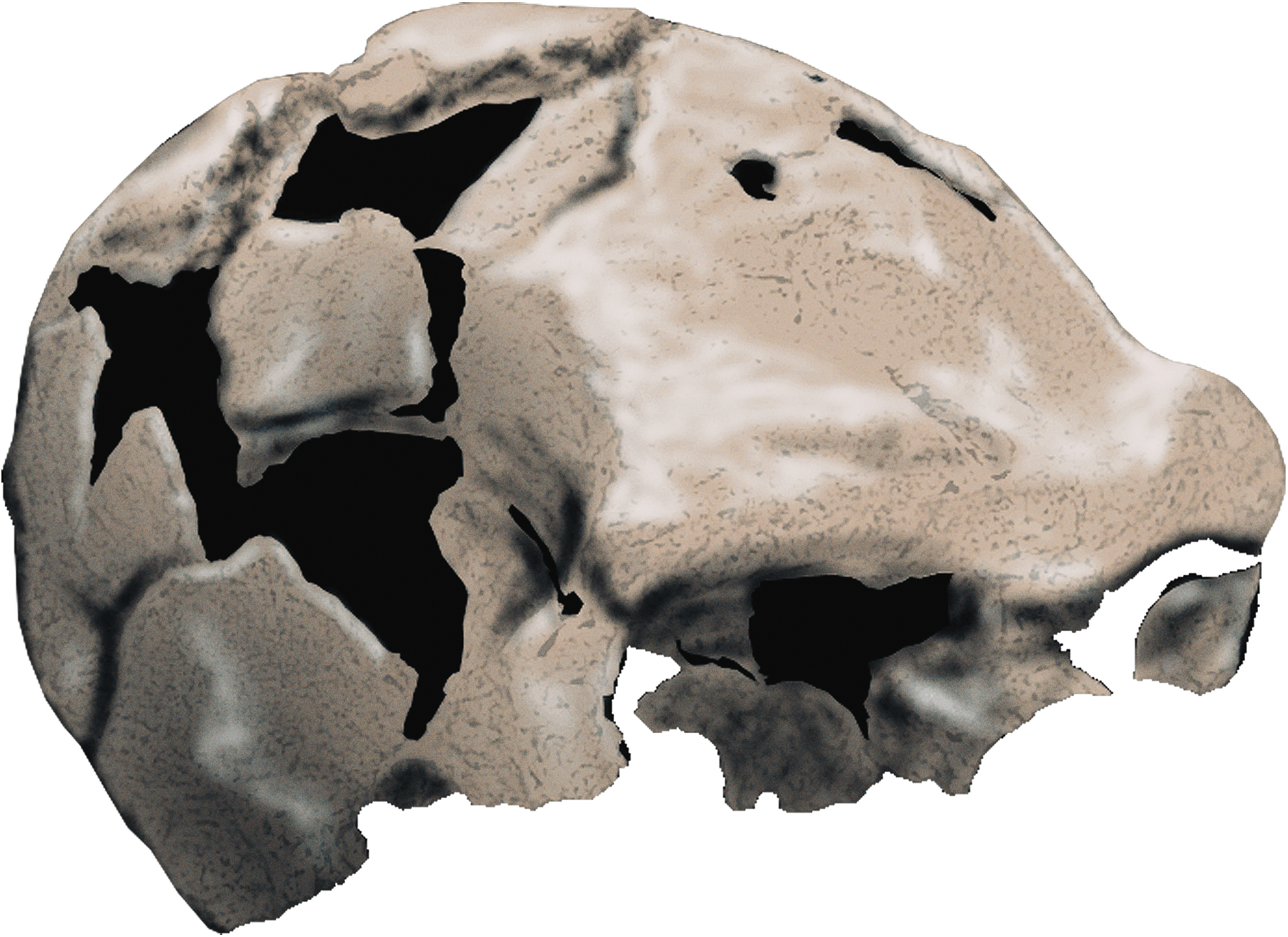Homo cepranensis is a proposed name for a human species, known from only one skull cap discovered in 1994. The fossil was discovered by archaeologist Italo Biddittu and was nicknamed 'Ceprano Man' after a nearby town in the province of Frosinone, 89 kilometers Southeast of Rome, Italy.
'Ceprano Man' is a Middle Pleistocene archaic human fossil, consisting of a single skull cap (calvarium), accidentally unearthed in a highway construction project in 1994 near Ceprano in the Province of Frosinone, Italy. It was initially considered Homo cepranensis,
Homo erectus, or possibly
Homo antecessor; but in recent studies, most regard it either as a form of
Homo heidelbergensis sharing affinities with African forms, or an early morph of
Neanderthal.
Although the partial hominin calvaria was damaged during excavation, it was recognized, documented, and described by archeologist Italo Biddittu, who happened to be present. Mallegni et al. (2003) proposed the introduction of a new human species, dubbed Homo cepranensis, based on the fossil. As the specimen was believed to be around 700 ka, they believed that this specimen and
Homo antecessor suggested a wave of dispersals into Europe 0.9-0.8 Ma through Iberia and the Middle East. The most recent belief is that it is associated with
Homo heidelbergensis or
Homo rhodesiensis, or that it is ancestral to Neanderthals.
The reconstruction of the skull made in 2000 by Clarke and tweaked by M.A. de Lumley and Mallegni features repositioning of the parietal, removal of dental plaster, midsagittal plane was established, added two zygomatic frontal processus previously missing, added an occipital fragment, and rid of unnecessary plaster and glue reinforcements. DI Vincenzo et al. (2017) provided a virtual reconstruction wherein all plaster and glue was removed and the remains were repositioned to most closely fit their life position. They noticed misplacement and misalignment in the temporo-parietal region, left mastoid process, and occipital squama, and worked to correct some taphonomic distortion through retrodeformation and other methods. Most of this work is reflected in the vault rather than the face, and most of the peculiar aspects of the skull are now gone. For example, the single autapomorphy used to distinguish it as a new, valid species is a foreshortened vault, which when compared to the new reconstruction, appears typical of
Homo heidelbergensis.
The fossil was first estimated to be between 690,000 and 900,000 years old determined on the basis of regional correlations and a series of absolute dates. Taking the circumstances of the recovery of the fossil into account, Ascenzi (2001) noted that "an age between 800 and 900 ka is at present our best chronological estimate" based on "the absence in the sediments containing the cranium of any leucitic remnants of the more recent volcanic activity known in the region.....and the presence above the cranium itself of a clear stratigraphic unconformity that marks." After clarification of its geostratigraphic, biostratigraphic and archaeological relation to the well known and nearby Acheulean site of Fontana Ranuccio, dated to 487±6 ka, Muttoni et al. (2009) suggested that Ceprano is most likely about 450,000 years old. Manzi et al. (2010) agree with this, citing an age of 430 and 385 ka.
Segre and Mallegni (2012) strongly retain their beliefs that the skull is 900-800 ka and is not the same age as the clay it was found in situ. Di Vincenzo et al. (2017) explain that this thought process is based on the belief of secondary deposition into younger strata, though they believe otherwise based on renewed analysis and context of the find. They note that a lack of gnawing, weathering or abrasions induced by transport supports the theory that the skull was buried once by rising and falling water levels, which is evidenced by the pedofeatures of the clay it was found in situ. This would have dispersed the remaining skeleton and rapidly filled the cranium for fossilization.
The Ceprano calvarium was discovered in the Camp Grande area by what is now a highway. It was associated with bone and lithic Acheulean artifacts and faunal remains, such as the straight-tusked elephant, the narrow-nosed rhinoceros, Hippopotamus sp., the giant deer Praemegaceros verticornis, the fallow deer Dama clactoniana, beavers, aurochs, and the European pond turtle. Pleistocene fossils occur in strata that is around 50 meters in thickness. The Ceprano basin splits into two sections: one of 22 meters in fluvial-colluvial facies with gravels and sands intercalacted with clays, and one of 24 meters with distinct limno-marsh facies, clays and silts. Further, six groups are split. The furthest to the top holds Acheulean and is common in aurochs and Palaeoloxodon. The skull was discovered in clays of a gray-green color above a travertine and with scattered nodular calcium carbonate concretions, mixed with yellow sands, and diffused with Ferromanganese. The area would have probably been forested due to the clay corresponding to a fluvial period that is in relation to terminal tectonics. It lived during the MIS 11, a warm stage at Lirino Lake, which was a refugium for archaic morphologies. It was buried once in a perilacustrine environment by rising and lowering water, scattering the skeleton and filling the cranium.










